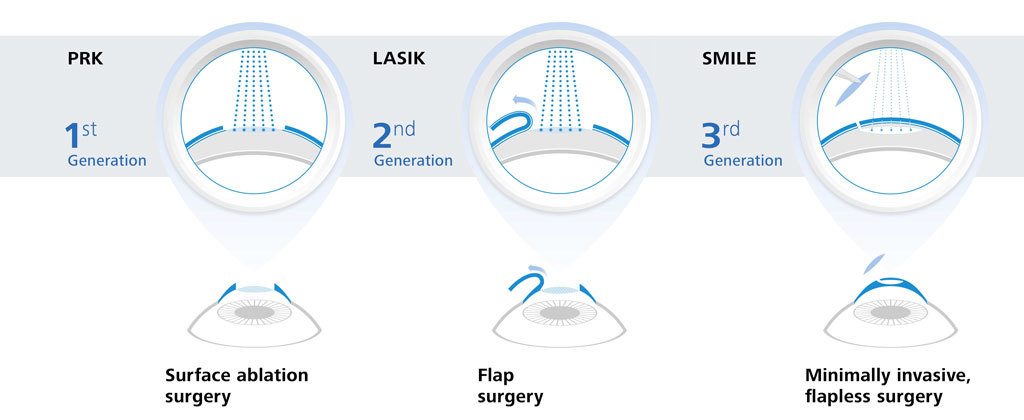Did you know that the evolution of glaucoma treatment approaches extends centuries, encompassing both traditional treatments and cutting-edge innovations? From ancient natural mixtures to innovative Minimally Intrusive Glaucoma Surgery strategies, the range of alternatives is large. As you delve into the ins and outs of standard versus ingenious strategies, you might reveal surprising insights that challenge standard viewpoints on treating this prevalent eye problem.
Historic Advancement of Glaucoma Treatments
The historic evolution of glaucoma therapies dates back to ancient human beings where numerous solutions were utilized to handle the problem. In old Egypt, as an example, treatments entailed a mixture of honey, fat, and sour milk related to the eyes. The Greeks and Romans also contributed to early glaucoma treatments with a concentrate on topical applications and dietary interventions. Throughout history, varied societies established special methods to relieve the signs and symptoms of glaucoma, often rooted in organic solutions and superstitious notions.
As time proceeded, advancements in medical expertise resulted in more methodical approaches to dealing with glaucoma. In The Center Ages, Arabic scholars made substantial payments by researching the anatomy of the eye and establishing medical techniques to resolve eye problems. These early developments laid the foundation for modern glaucoma therapies that we have actually today. Comprehending the historic context of glaucoma treatments offers important insights right into the continual development and improvement of medical practices over the centuries.
Contrast of Standard Methods
In comparing traditional methods for dealing with glaucoma, consider the historic contexts and effectiveness of different remedies.
Standard therapies for glaucoma have developed over centuries, from old techniques like utilizing honey and white wine to much more recent advancements such as eye drops and surgical treatments. Historically, treatments like the application of leeches or natural mixtures were utilized to ease signs and symptoms, yet their efficiency was limited.
As time progressed, strategies like iridectomy, where a part of the iris is gotten rid of, came to be preferred for reducing intraocular stress. Some standard approaches, like utilizing oral medicines to reduce eye stress, have actually stood the test of time and are still utilized today. Nonetheless, these therapies often include side effects and may not be as reliable as modern choices.
cataract surgery is it dangerous to weigh the historic significance of standard glaucoma therapies against their efficacy in the context of existing clinical innovations.
Assessment of Innovative Therapy Strategies
Taking into consideration the advancing landscape of glaucoma treatment, cutting-edge methods are revolutionizing the way this eye problem is managed.
One notable development is minimally intrusive glaucoma surgery (MIGS), which supplies a much less invasive option to typical surgeries. MIGS intends to lower intraocular pressure by enhancing the eye's all-natural drainage system, resulting in less problems and faster recovery times contrasted to traditional surgeries.
Furthermore, the development of sustained-release drug shipment systems has offered a more efficient means to carry out glaucoma drug. These systems can launch medicine slowly over an extended period, improving patient adherence and reducing the regularity of eye declines.
Moreover, emerging innovations like careful laser trabeculoplasty (SLT) supply a non-invasive alternative for reducing intraocular stress by targeting certain cells in the eye's drainage system.
Conclusion
As you review the advancement of glaucoma treatments, you can see just how standard approaches have led the way for ingenious techniques to emerge.
From https://www.businessinsider.com/getting-laser-eye-surgery-was-the-best-decision-ever-2019-11 to modern developments, the trip of treating this complex eye problem has resembled a rollercoaster trip.
However with brand-new strategies like MIGS and sustained-release drug distribution, the future looks brighter than ever for individuals seeking effective and less invasive services.
